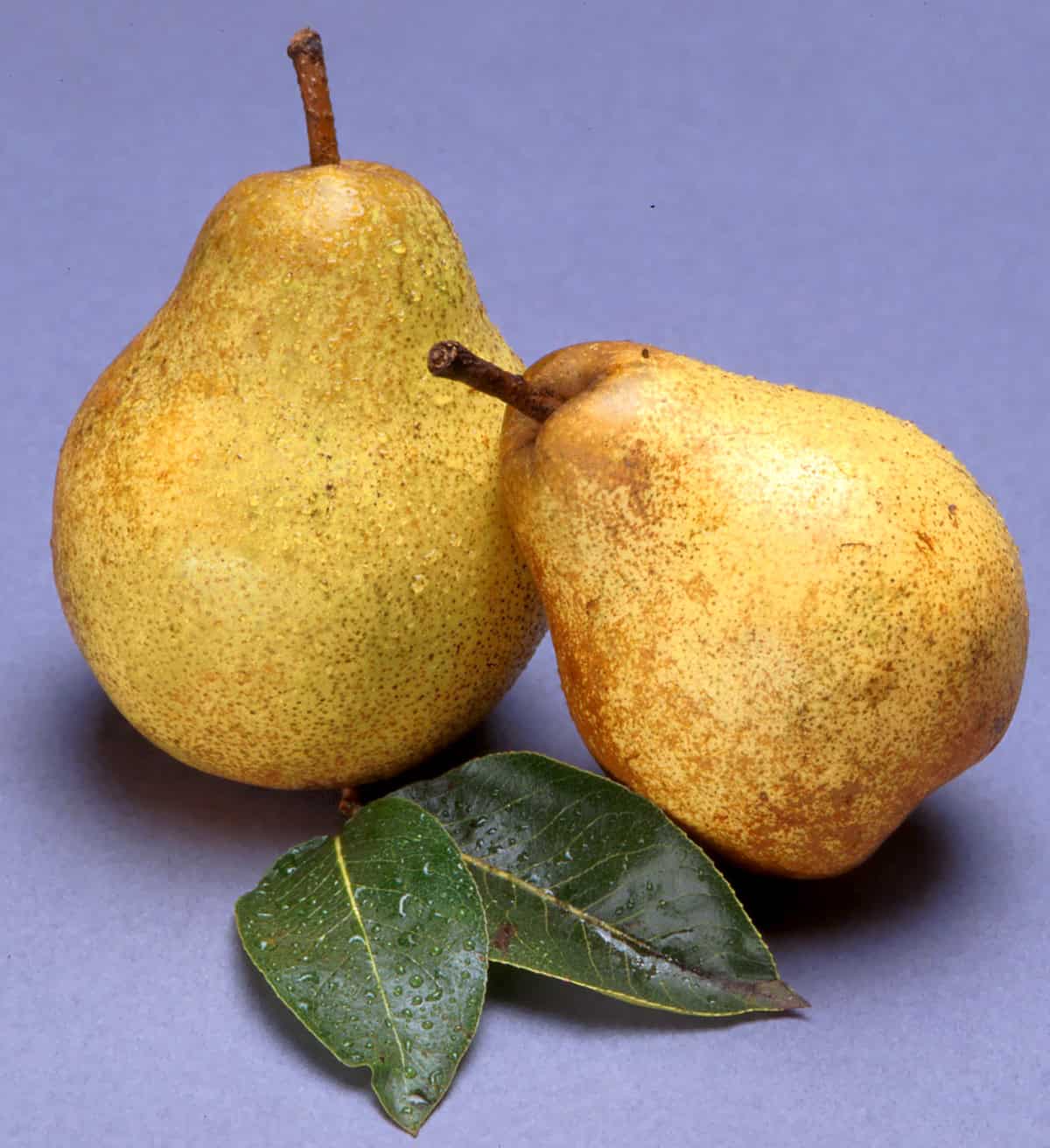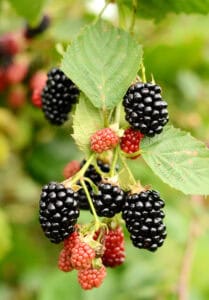Insect management tools for organic cranberry production in the Pacific Northwest
Deborah Henderson, ES Cropconsult Ltd.

The expansion of organic cranberry production in British Columbia, Washington, and Oregon is limited by the availability and familiarity with pest control tools suitable for organic farming. This study examined organic methods for managing three main insect pests in the region: the blackheaded fireworm, cranberry girdler, and black vine weevil. Both currently available products and those pending use in cranberries were evaluated, focusing on developing application protocols for effective product use, particularly for those requiring chemigation, as well as assessing efficacy.
Key findings from this multi-year study include:
Blackheaded Fireworm
Reducing the duration of chemigation with Entrust™ and implementing repeat applications are essential for effective control. Releases of Trichogramma sibericum targeting the summer generation of fireworms resulted in up to 40% parasitism. June releases may enhance fireworm control strategies. Increasing the release rate and optimizing timing, such as using adult male detection from traps, could improve efficacy. A significant challenge is that T. sibericum is currently available only for research, requiring import permits for use in Oregon and Washington unless the species can be confirmed in those areas.
Cranberry Girdler
One hour of irrigation after nematode application is typically sufficient to wash nematodes off foliage and into the soil root zone. Supplier recommendations regarding irrigation protocols before and after application should be followed to ensure adequate soil moisture for nematode survival. Preliminary bioassays indicated that girdler larvae are susceptible to the Metarhizium anisopliae strain Met52. However, field trials with granular and emulsifiable concentrates of this entomopathogenic fungus did not result in significant reductions in live larvae recovery. Despite this, trends over two years showed fewer girdler larvae or feeding tunnels in Met52-treated plots, indicating that M. anisopliae may be a promising tool for organic cranberry production, warranting additional efficacy studies.
Black Vine Weevil
In small plot assays, the nematode Heterorhabditis bacteriophora effectively killed more larvae compared to the control. Field studies demonstrated that spring applications of all three commercially available nematode species—H. bacteriophora alone, Steinernema carpocapsae alone, and H. bacteriophora combined with S. kraussei—were effective in reducing the number of live black vine weevils. While spring nematode applications against black vine weevil are common among growers in southern Oregon, this practice has not yet been adopted widely by British Columbia growers. Trials with granular Metarhizium anisopliae (Met52) did not show reductions in the recovery of live black vine weevils. However, this strain has shown effectiveness against black vine weevil in other contexts, suggesting that challenges in cranberries may stem from difficulties in ensuring spores penetrate below the soil surface. Further development of effective delivery methods for the newly available emulsifiable concentrate of Met52 or other bioinsecticides is necessary for cranberries.
Region
Western
Topic
Insect/Pest Management
Category
Vegetables/Fruits
Date Range
2001-2010
Funding Amount
$27,475
Funding Year
2008Location
Canada, Oregon, Washington
Collaborators
Brent Harris, Fraserland Farms
Terry Bremner, Bremner Farms
David Smith, Winsmuir Farm



